

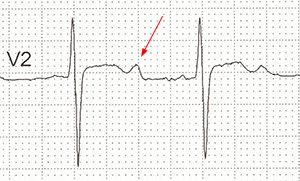


Normal U Wave and Sinus Bradycardia

Prominent U Wave and Hypokalemia
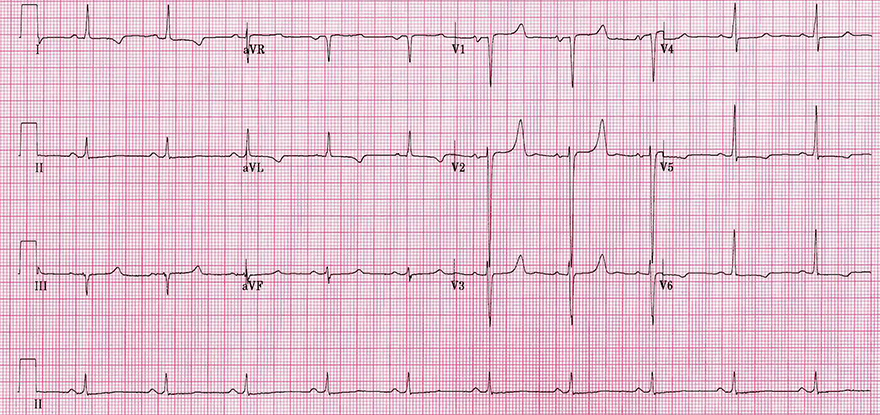
U Wave and Hypocalcemia

Prominent U Wave and Hypokalemia, Hypomagnesemia, Torsades de Pointes
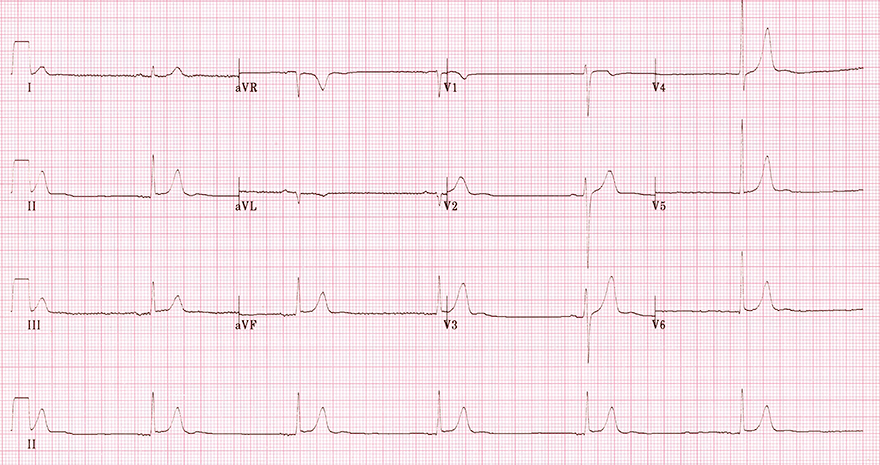
U Wave and Hypothermia

U Wave and Subarachnoid Hemorrhage
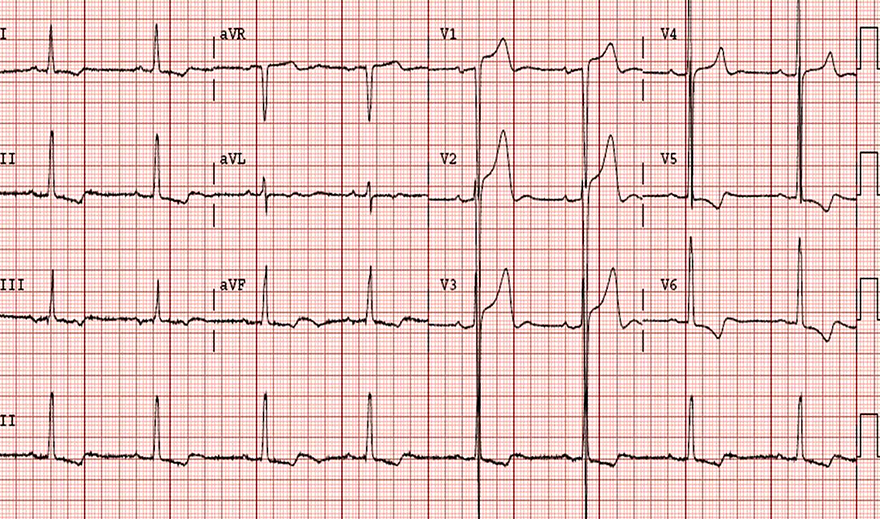
U Wave and Left Ventricular Hypertrophy
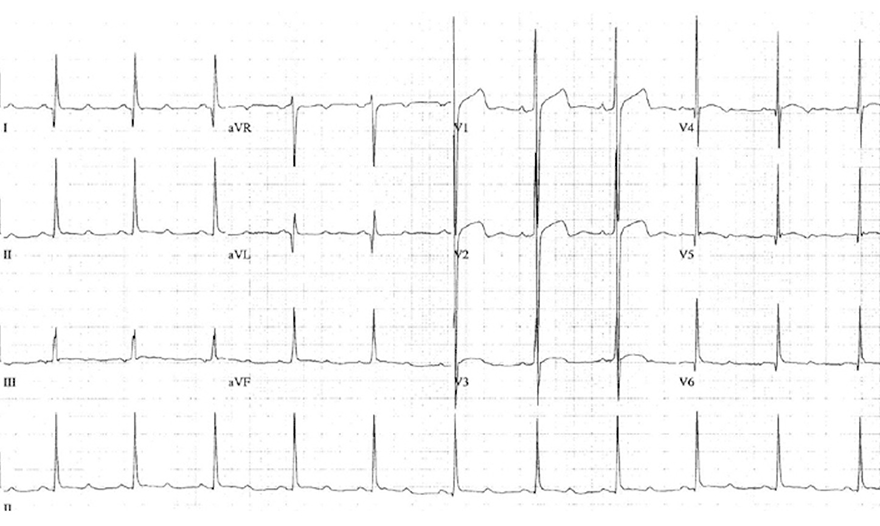
U Wave and Septal Hypertrophic Cardiomyopathy
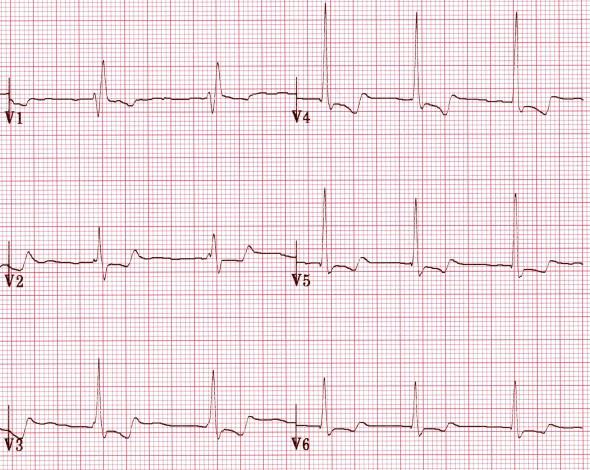
U Wave and Digoxin

Unstable Angina Pectoris
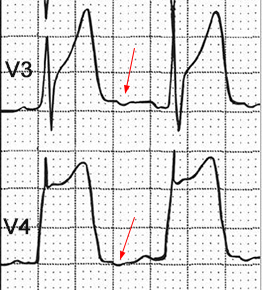
Prinzmetal's Angina
Sources
|

|
ECG and U Wave
|

|
Prominent U Wave
|

|
Inverted U Wave
|

|

Normal U Wave and Sinus Bradycardia

Prominent U Wave and Hypokalemia

U Wave and Hypocalcemia

Prominent U Wave and Hypokalemia, Hypomagnesemia, Torsades de Pointes

U Wave and Hypothermia

U Wave and Subarachnoid Hemorrhage

U Wave and Left Ventricular Hypertrophy

U Wave and Septal Hypertrophic Cardiomyopathy

U Wave and Digoxin

|

|
|
Unstable Angina Pectoris
|
Prinzmetal's Angina
|
Sources